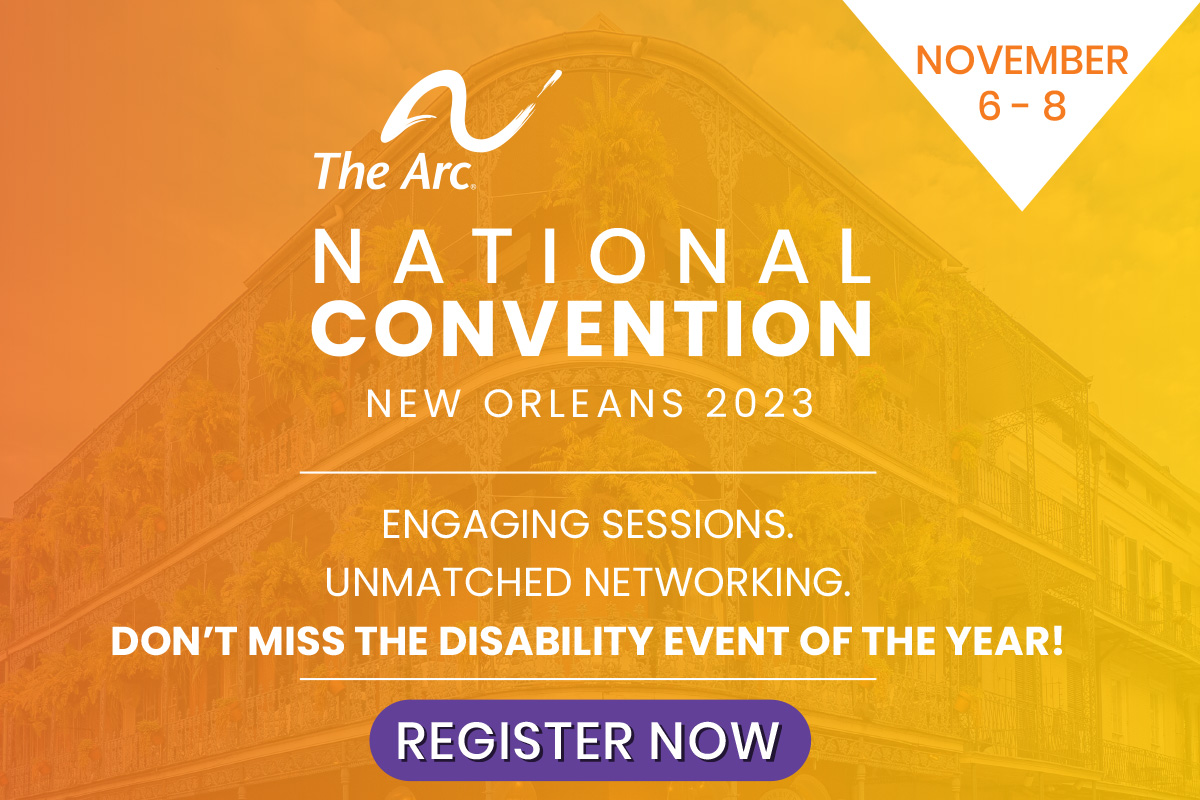Contents
Introduction
In families who have one child with an autism spectrum disorder, there is an increased chance due to genetic susceptibility that a second child will also have an autism spectrum disorder. Parents of one child with an autism spectrum disorder may experience higher levels of stress, depression and anxiety than a family with typically developing children. Families who have one child with an autism spectrum disorder face an increased risk of having other children who have cognitive impairments, psychiatric disorders, language delays, and social and communication difficulties. Parenting two or more children with disabilities increases stress on families and can negatively impact family adaptability and cohesion. Families can feel overwhelmed by the demands therapy and other appointments, educational planning, and sensory issues of parenting multiple children who have autism spectrum disorders. We also know that families are resilient, creative and resourceful and that parents can benefit from connecting with other parents through support groups and community resources.
As persons with all disabilities live longer, families are faced with planning for the future of their adult members who have disabilities as it is more likely they will outlive their parents. Siblings of brothers and sisters who have autism spectrum disorders and other developmental disabilities have want to be included in this planning as it is likely they will play a major role in their brothers and sisters lives. Siblings need the information, resources, support and tools to advocate for their siblings who have disabilities. Siblings are involved in projects to make recommendations for research, advocacy, and supports for persons with developmental disabilities. They believe they should be included in all phases of planning throughout their siblings’ lifespan so that they will be equipped to step in when their parents are no longer able or available. Their support is even more important in families where there is more than one child with a disability.
References
- Constantino, J.N., Zhang, M.S., Frazier, T., Abbacchi, A.M., Law, P. (2010). Sibling recurrence and the genetic epidemiology of autism. The American Journal of Psychiatry, 167, pp. 1349-1356.
- Constantino, J.N., Lajonchere, C., Lutz, M., Gray, T., Abbacchi, A., McKenna, K., Singh, D., Rodd, R.D. (2006). Autistic social impairment in the siblings of children with pervasive developmental disorders. American Journal of Psychiatry, 163, pp. 294-296.
- Heller, T., Kaiser, A., Meyer, D., Fish, T., Kramer, J., Dufresne, D., (2008). The sibling leadership network: Recommendations for research, advocacy, and supports relating to siblings of people with developmental disabilities. Vanderbilt Kennedy Center, Family Research Program. Retrieved on March 22, 2011.
- Losh, M., Childress, D., Lam, K., Piven, J. (2008). Defining key features of the broad autism phenotype: a comparison across parents of multiple- and single-incidence autism families. American Journal of Medical Genetics Part B: Neuropsychiatric Genetics. 147B(4), pp. 424-433. Published as a NIH Public Access Author Manuscript
- Orsmond, G.I., Lin, L.Y., Seltzer, M.M., (2007). Mothers of adolescents and adults with autism: Parenting multiple children with disabilities. Intellectual and Developmental Disabilities, 45 (4), pp. 257-270



